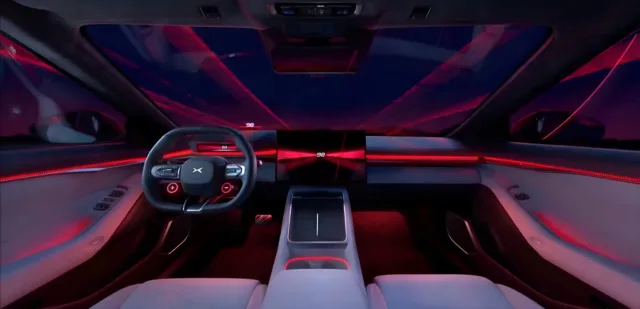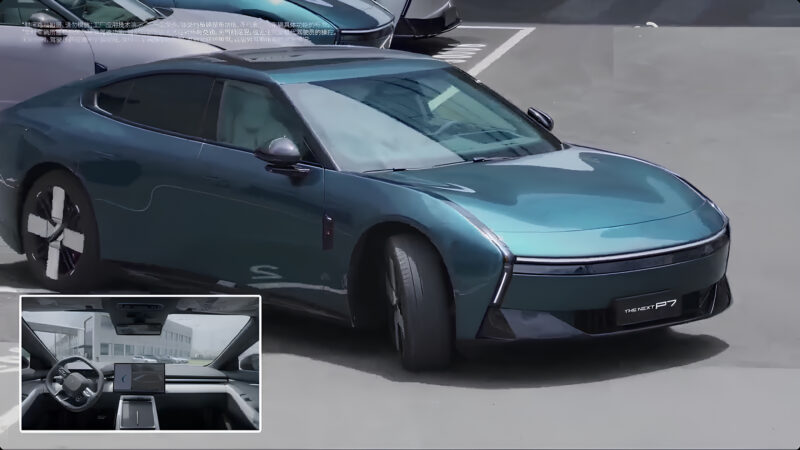The new Xpeng P7 electric liftback can autonomously drive from the production line to the shipping area at the factory in China. This EV packs three in-house developed Turing AI chips for a combined peak computing power of 2,250 TOPS. It is 3 times more than the Tesla Model Y with the AI 4 SoC.
On August 26, Xpeng Vice President Yu Tao shared a video on Weibo showing newly manufactured Xpeng P7 liftbacks autonomously driving from the production line to the shipping area without human drivers. According to the company’s VP, the new P7 can autonomously drive in a limited area of the Xpeng Guangzhou manufacturing facility.
Yu Tao shared that it is the first step that marks the unmanned operation for Xpeng. Previously, company officials shared that their latest ADAS system is the L3-ready model. This level of driving automation will allow drivers to take their eyes off the road during the driving process. However, L3 driving systems have yet to become legal in China.
Xpeng driving assistance system
The new Xpeng P7 primarily relies on cameras for driver assistance functions. They send information to three Turing AI chips, self-developed by Xpeng. Each SoC has a computing power of 750 TOPS (Trillion Operations Per Second). It is 30 TOPS more powerful than the AI 4 processor of the Tesla Model Y and 50 TOPS more powerful than the Nvidia Orin Thor. And the Xpeng P7 uses three of these chips, bringing the computing power number to 2,250 TOPS.

The Xpeng P7 supports VLA (Vision-Language-Action) and VLM (Vision-Language Models) large language AI models. They help the car to think and respond to different driving scenarios. The new liftback is capable of the NGP (Navigation Guided Pilot) on urban roads and highways.
More about the Xpeng P7
The Xpeng P7 is a sleek car with dimensions of 5017/1970/1427 mm. Its wheelbase reaches 3,008 mm. Thanks to a low beltline and hidden door handles, this EV has a drag coefficient of 0.201 Cd. Inside, the P7 has a 15.6-inch floating screen, a thin LCD instrument panel, and an 87-inch AR-HUD.
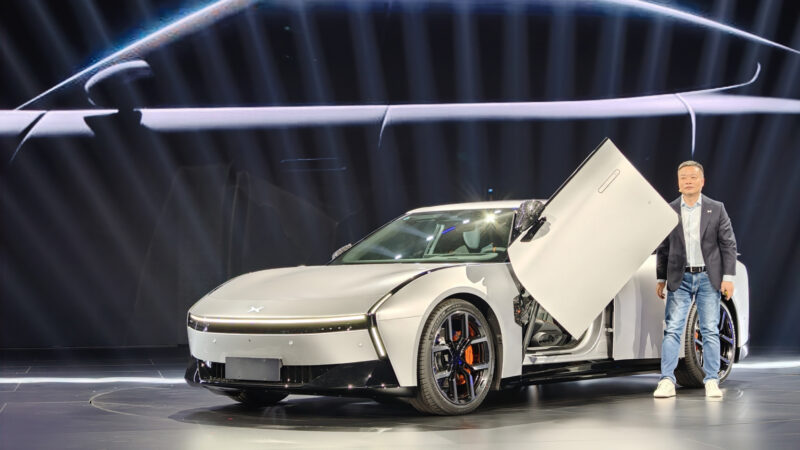
The Xpeng P7 comes standard with an 800V high-voltage system. Its entry-level variant has a single e-motor in the rear axle for 270 kW (362 hp). The AWD variant boasts a combined peak power output of 437 kW (586 hp), achieving a zero-to-hundred acceleration time of 3.7 seconds. Two battery variants are available: LFP for 74.9 kWh and ternary NMC for 92.2 kWh.
The Xpeng P7 started presales in early August, getting 10,000 orders in less than seven minutes. This model will start sales in China on August 27.
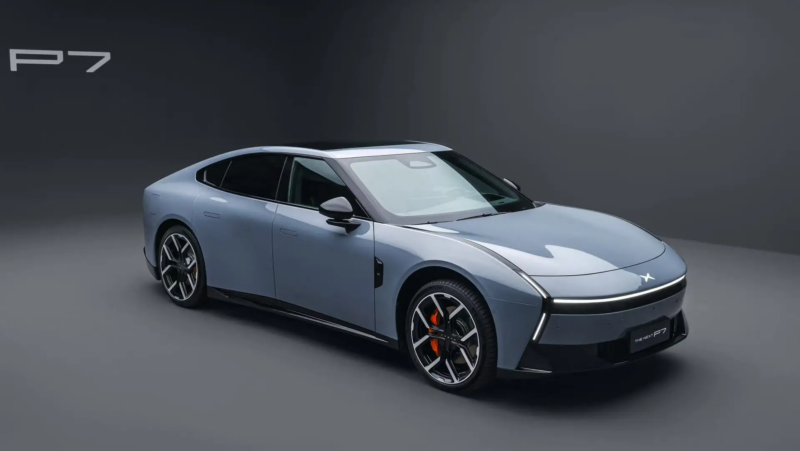

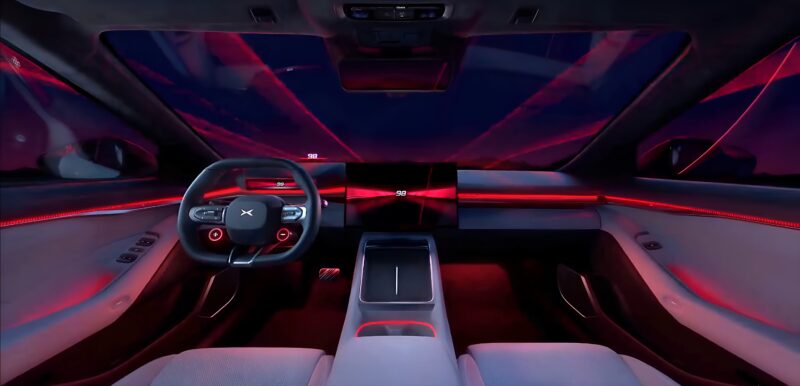
Follow us for ev updates


